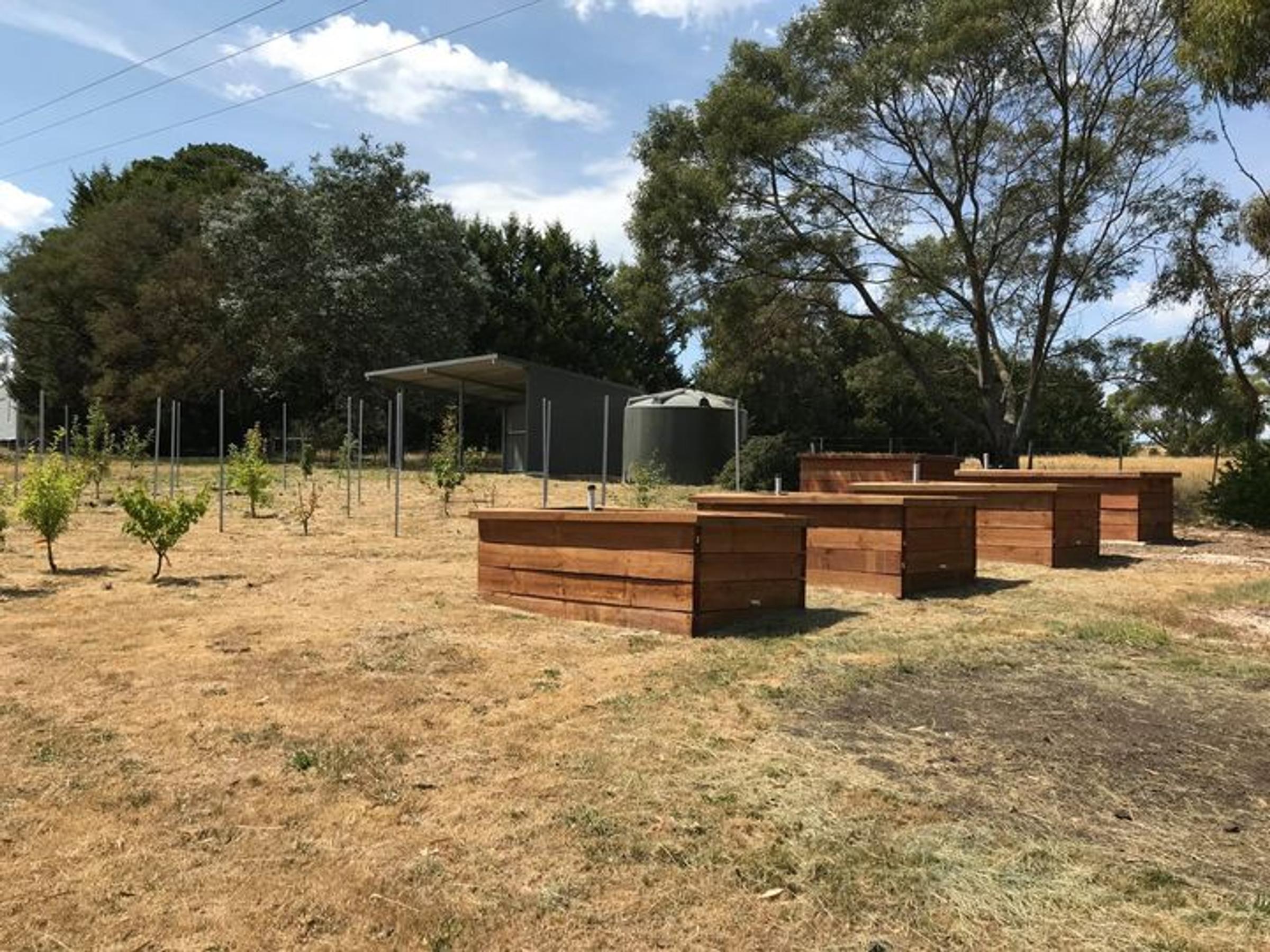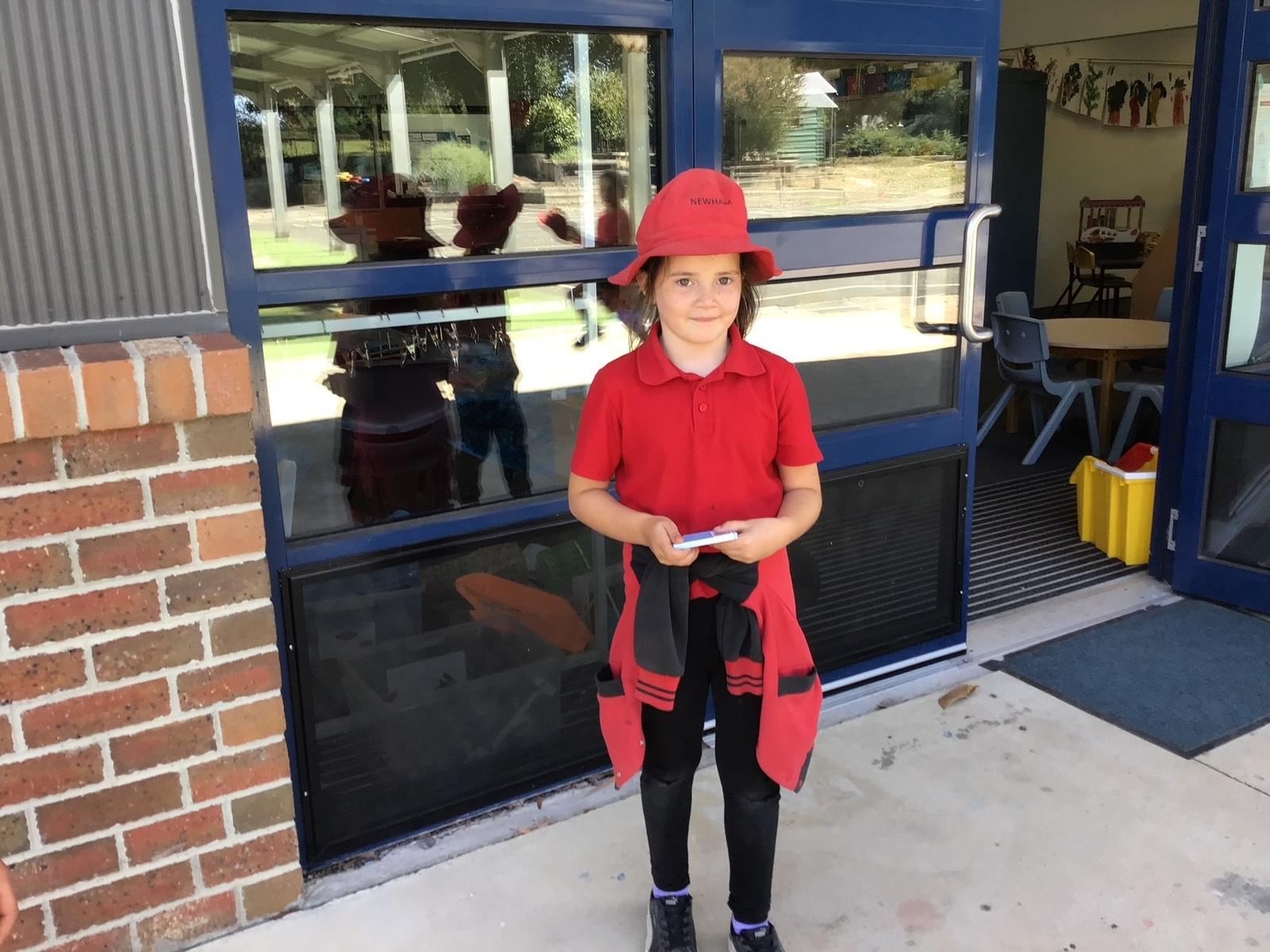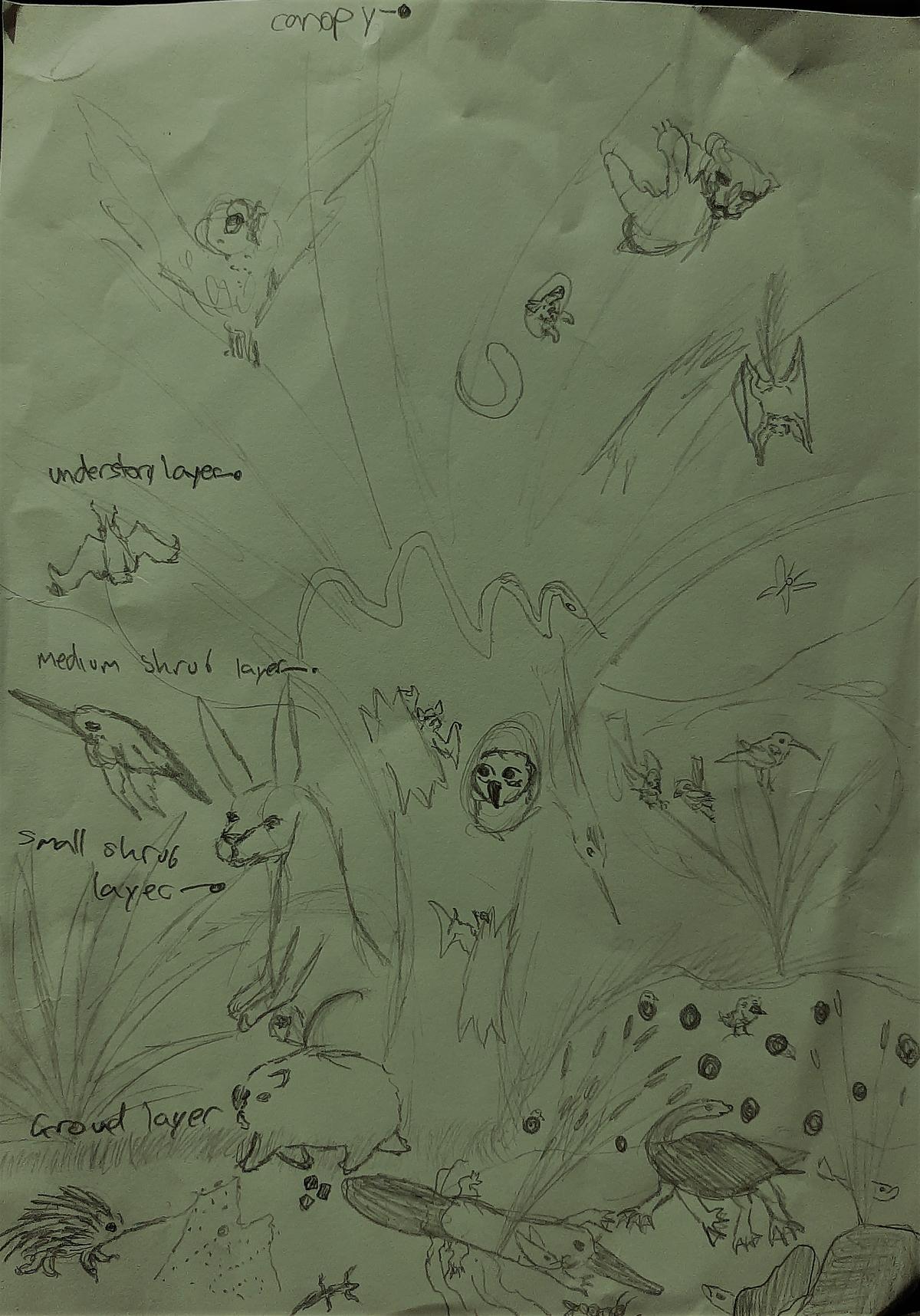Sustainability @ NPS

NPS Nude Food Initiative
Update written by HS – Sustainability Leader
Thank you all for participating in the week 8 nude food contest. And a big well done to Mrs Dennett’s 1-2 class for being sustainable and keeping our 5-star school with 5 stars by having so much nude food! They got 20 class Responsibility cards as a prize for winning. Good job to every other class for trying as hard as you did. And good luck. Let’s see who won at the week 9 nude food contest (remember, winning is good but trying is better). Our last nude food day for this term is next Wednesday, week 10.
The class with the highest percentage of nude food lunches for week 9 is . . . . 3s with 85% nude food lunches. What a great effort!
Results for each class - 456A 70%, 1-2s 65%, 456B 42.8% and Prep 41.6 %
Who will be our winners in week 10?
Thank you to our five fabulous Sustainability Leaders for visiting each class to see their nude food lunches. Our last nude food day will be in our final week on WEDNESDAY 6 APRIL. We hope many more students and their families can contribute to reducing litter, not only in our school but on our planet. Students who have purchased and are using a reusable bag for their lunch orders get a tick for nude food. Thank you to the Newham General Store who have been looking at ways they can provide compostable paper for their lunch orders.
Wet Forests and Dry Woodlands
Report by Lillian – Sustainability Leader
Did you know that forests have layers? They’re sort of like a sandwich except there’s no bread or butter or fillings. Instead, a forest has a ground layer, a small shrub layer, a medium shrub layer, an understory layer and a canopy.
On the ground layer is where tussock and native grasses grow and logs are, and where echidnas, wombats, plovers and turtles live. It’s also where you find dams, creeks and rivers, because of course, you wouldn’t find a river in a canopy!
Then there’s the small shrub layer where things like small bushes and plants are. Some birds may feed on the flowers. In the medium shrub layer there are things such as small wattles and other young trees. Lots of birds like to nest in this layer and some little mammals like to climb and live in them as well.
In the understory is where birds like finches, rosellas and robins like to sit and rest. And finally, the canopy layer – this is where things such as the powerful and boobook owls live and where possums, koalas, rosellas and kookaburras live. It’s also where the tallest trees of the forest are.
Next week the year 6s will be participating in an Earthwatch Kids Teaching Kids online forum and activities. As part of the day’s events, Earthwatch KTK have provided funds for them to go on an excursion. They will be heading off in the afternoon to some local forests to investigate up close the differences between wet forests and dry woodlands. They will also be filming and taking photographs for a video they will be making for the KTK Macedon area conference in September.


